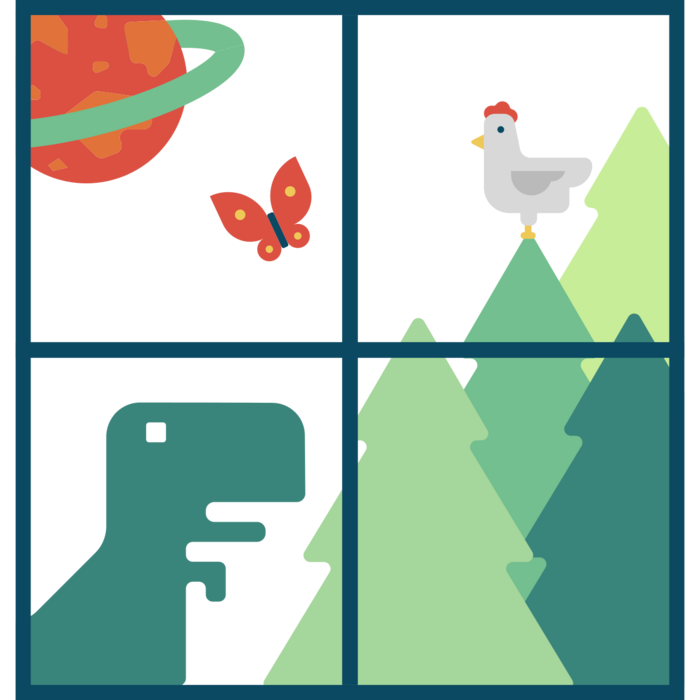(Created page with "<small>Enterprise Design Patterns | Practice Patterns</small> =#20: Outside Inspiration= Outside Inspiration <center> ''“Do not quench your inspiration and your imagination; do not become the slave of your model.”''<br> - Vincent Van Gogh </center> ==Related Patterns:== #25: Focus, Shift, Refocus, #27: Unintended Consequences, Capture Stories|#29: Capture Stor...") |
No edit summary |
||
| Line 2: | Line 2: | ||
=#20: Outside Inspiration= | =#20: Outside Inspiration= | ||
<center> | <center> | ||
[[File:Pattern20_Outside_Inspiration.png|700px|Outside Inspiration]] | |||
<br><br> | |||
''“Do not quench your inspiration and your imagination; do not become the slave of your model.”''<br> | ''“Do not quench your inspiration and your imagination; do not become the slave of your model.”''<br> | ||
- Vincent Van Gogh | - Vincent Van Gogh | ||
Revision as of 10:35, 1 September 2025
Enterprise Design Patterns | Practice Patterns
#20: Outside Inspiration

“Do not quench your inspiration and your imagination; do not become the slave of your model.”
- Vincent Van Gogh
Related Patterns:
#25: Focus, Shift, Refocus, #27: Unintended Consequences, #29: Capture Stories
You need to broaden the solution space and inspire your co-creators to consider unexpected possibilities to get beyond the obvious or compromise solution.
In this context:
Your change initiative is narrowly framed as a specific challenge to be tackled or a problem to be solved. Your co-creators have specialist’s views on the issue, which can lead to a narrow problem definition and too limited a scope. This leaves little space for creative exploration and risks reducing the space for potential options or predetermining a solution that falls short of achieving a breakthrough.
Therefore:
You look outside the predetermined scope and into other facets for inspiration to share. You actively search for examples, cases, concepts or models from other domains. You explore:
- Other markets or industries facing similar challenges;
- Concepts or designs from other areas or disciplines;
- Examples of surprising or unorthodox solutions;
- Leading thinking or research.
You explain your examples using ‘What if...’ questions that clarify why you find them relevant, for example:
What if we designed the airport security check to feel like visiting a spa? Could we make it less stressful to go through?
Before starting any co-creation or conceptual work, you share them with your team and encourage others to bring in their own inspiration as well.
Consequently:
You help your team to look beyond incremental improvements or local optimisation, making it much more likely they will generate novel options for your future Enterprise Design.